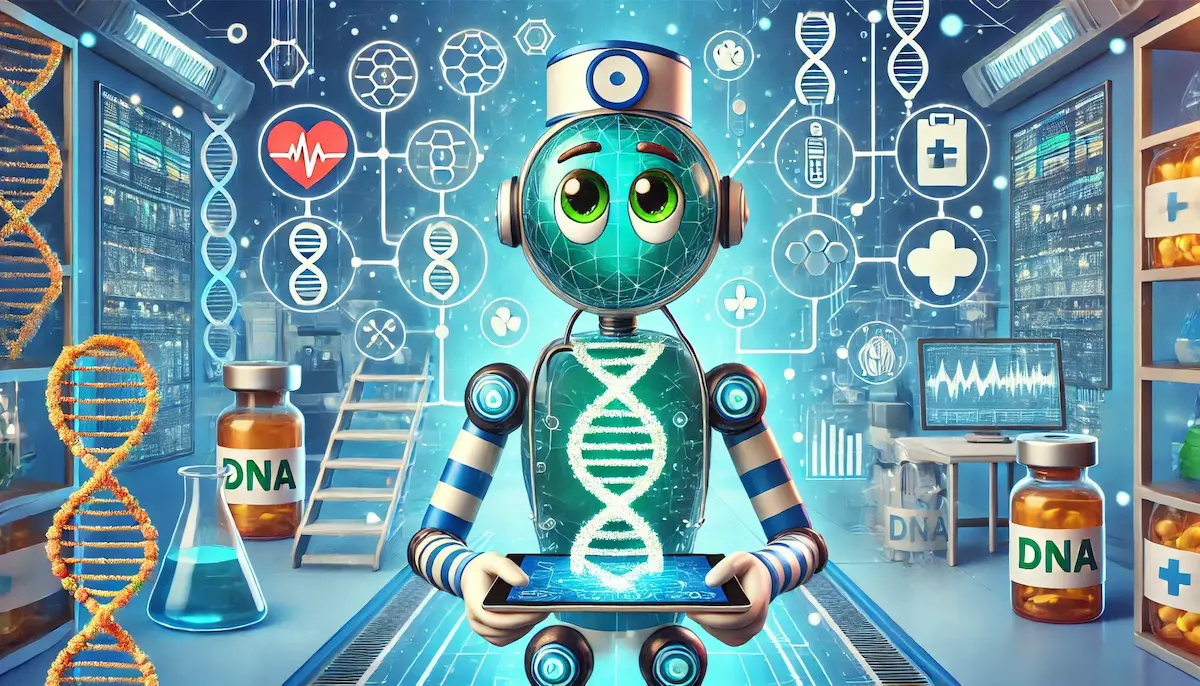Gene therapy represents a groundbreaking frontier in medical science, offering the potential to treat and even cure genetic disorders by directly altering the genetic makeup of cells. This innovative approach seeks to address the root causes of diseases at the molecular level, promising new hope for patients with previously untreatable conditions.
What is Gene Therapy?
Gene therapy involves introducing, removing, or altering genetic material within a person’s cells to treat or prevent disease. This can be achieved using various techniques, including the insertion of a healthy gene to replace a defective one, inactivating a malfunctioning gene, or introducing a new gene to help fight a disease.
Types of Gene Therapy
Somatic Gene Therapy
Somatic gene therapy targets non-reproductive (somatic) cells in the body. The changes made affect only the individual being treated and are not passed on to their offspring. This type of gene therapy is primarily used to treat genetic disorders, cancers, and viral infections.
Germline Gene Therapy
Germline gene therapy involves modifying the DNA in reproductive cells (sperm or eggs), ensuring that the changes are inherited by future generations. While this approach holds great potential for eradicating genetic disorders, it raises significant ethical and safety concerns and is currently not practiced in humans.
Techniques in Gene Therapy
Viral Vectors
One of the most common methods of delivering therapeutic genes to cells is through viral vectors. These are viruses that have been modified to remove their ability to cause disease and instead carry genetic material into the target cells. Examples include adenoviruses, lentiviruses, and adeno-associated viruses.
Non-Viral Methods
Non-viral methods involve techniques such as direct injection of DNA, electroporation (using electric pulses to introduce DNA into cells), and liposomes (fatty particles that can carry genetic material). These methods are generally considered safer but may be less efficient than viral vectors.
CRISPR-Cas9
CRISPR-Cas9 is a revolutionary gene-editing tool that allows for precise modifications to the DNA sequence. This technique uses a guide RNA to target specific DNA sequences and the Cas9 enzyme to cut the DNA, enabling the addition, deletion, or correction of genetic material. CRISPR-Cas9 has shown immense promise in research and therapeutic applications.
Applications of Gene Therapy
Inherited Genetic Disorders
Gene therapy has shown potential in treating a variety of inherited genetic disorders. For example, it has been used to treat severe combined immunodeficiency (SCID), often known as “bubble boy” disease, by providing patients with a functional copy of the defective gene.
Cancer
Gene therapy can target cancer cells by introducing genes that induce cell death, enhance the immune response against the tumor, or make cancer cells more sensitive to other treatments like chemotherapy. CAR-T cell therapy, a type of gene therapy, modifies a patient’s T cells to better recognize and attack cancer cells.
Viral Infections
Gene therapy approaches are being explored to treat viral infections like HIV. By modifying the genetic material of immune cells, researchers aim to enhance their ability to fight the virus and reduce the viral load in patients.
Rare Diseases
Many rare diseases, often caused by single-gene mutations, are prime candidates for gene therapy. Conditions like spinal muscular atrophy (SMA) and Leber’s congenital amaurosis (a form of inherited blindness) have seen promising results from gene therapy treatments.
Challenges and Future Prospects
Safety and Efficacy
Ensuring the safety and efficacy of gene therapy remains a significant challenge. Potential risks include immune reactions, unintended genetic changes, and the long-term effects of treatment. Rigorous clinical trials are essential to address these concerns.
Ethical Considerations
Gene therapy raises various ethical issues, particularly regarding germline modifications and the potential for genetic enhancement. Balancing the potential benefits with ethical considerations is crucial for the responsible development of this technology.
Accessibility
The high cost of gene therapy treatments and the complexity of delivering these therapies pose challenges for widespread accessibility. Efforts are underway to reduce costs and develop scalable manufacturing processes to make gene therapy more accessible to patients worldwide.
The Future of Gene Therapy
The future of gene therapy is promising, with ongoing advancements in genetic research, delivery methods, and regulatory frameworks. As the technology matures, gene therapy has the potential to revolutionize medicine, offering new hope for curing genetic disorders, combating cancers, and treating a range of other diseases.
Blockfine thanks you for reading and hopes you found this article helpful.
